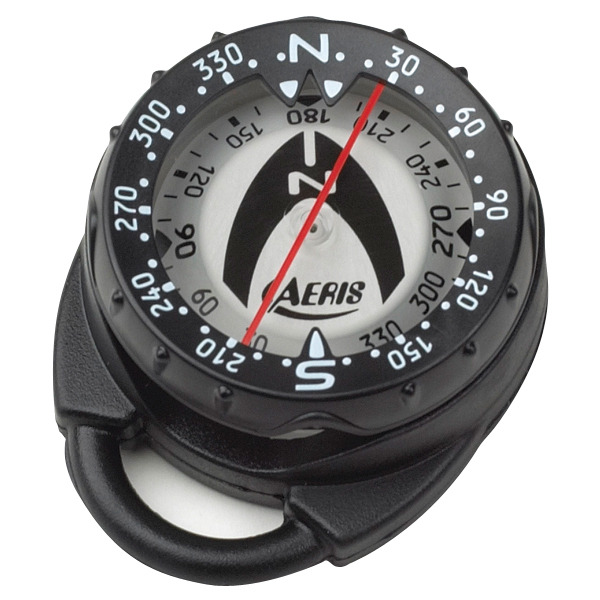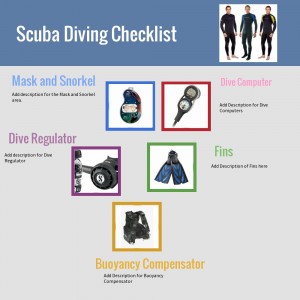
Where Am I ? “Know your Compass”

Know Your Compass
Learning to use your compass correctly is second only to buoyancy control . And for those of us that regularly dive in waters with limited visibility ( under 20 feet ) navigation skills are a must for safety. Basic scuba certification courses teach very little about compass use and navigation. Advanced diver courses present a lot more training and practice, as does a navigation specialty course. Both are worth while. Yet we can all improve our navigation skills, regardless of what formal training we have had. If you have basic knowledge about how to use a compass, and what the bezel is, then here are some tips and reminders for you recreational divers that will improve your navigation skills.
- Believe the compass. (Always set your compass heading and know your return heading and do not 2nd guess your compass)
- Always know the underwater terrain in the area your diving to better prepare for navigation underwater.
- Take a heading from boat or shore, and know where you are going and plan a course of return.
- Set your Compass pointing it the in the direction you want to go, twist the bezel to the center of the 2 small pointers or arrows on the bezel, this is your heading, to find the return heading twist the bezel to the 1 point or arrow on the opposite side of the first heading and this is your return heading.
- Always make sure that your compass is level underwater when determining and following your compass heading. move slowly and watch your compass as you fin kick for propulsion to take you to your destination.
- Make use of and remember underwater landmarks (Rocks, ledges, sunken trees ect…) and remember their location to further confirm your return heading.
- Always be thinking about how to make your navigation more precise. And NEVER second guess your Compass.
A good way to practice using your compass is on land, you can find a landmark on land and take a heading and remember this number , placing the arrow in between the 2 dots, watching your compass, only follow your compass and walk over to where your compass takes you counting your steps until you arrive at your destination
Now add 120 degrees to your first heading and set your bezel for the new heading, walk about the same distance to the new location, underwater you would keep track of your fin kicks to calculate distance. Once you arrive at you new heading add 120 degrees to your last heading and using your compass follow it to the new location or hopefully your original starting location.
Its a good idea to put something on the ground at the starting location and at each change of heading location (rock, stick, ect…) to see how far off you were from you intended destination, keep in mind that in the water you will have to calculate the current and other underwater obstacles to keep on course. Know Your Compass
